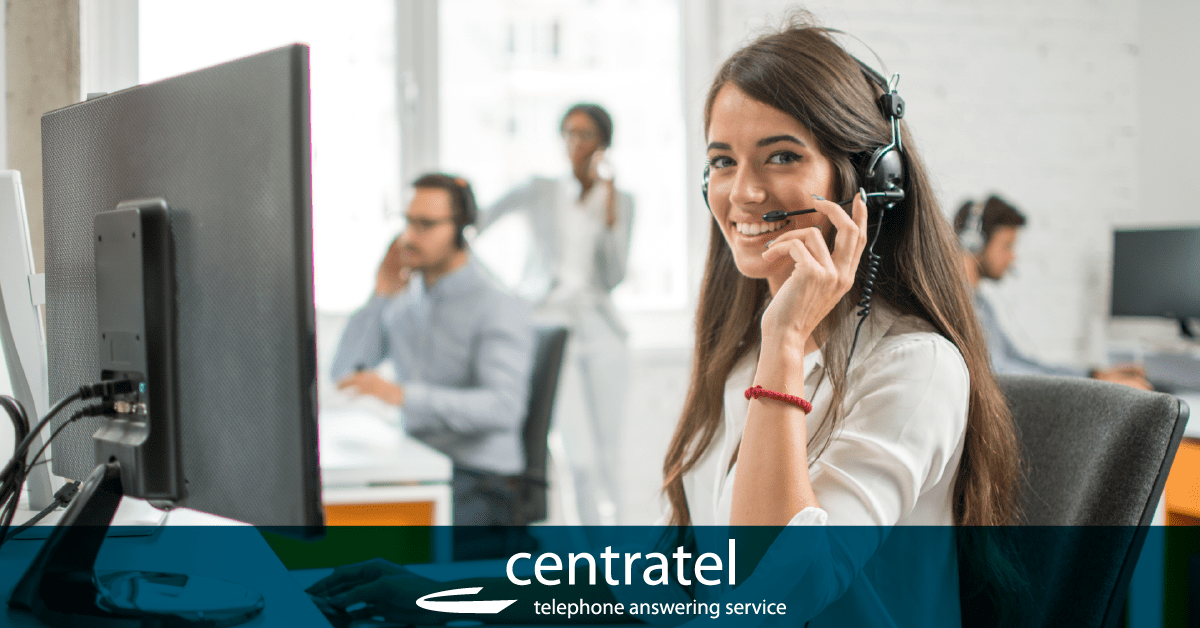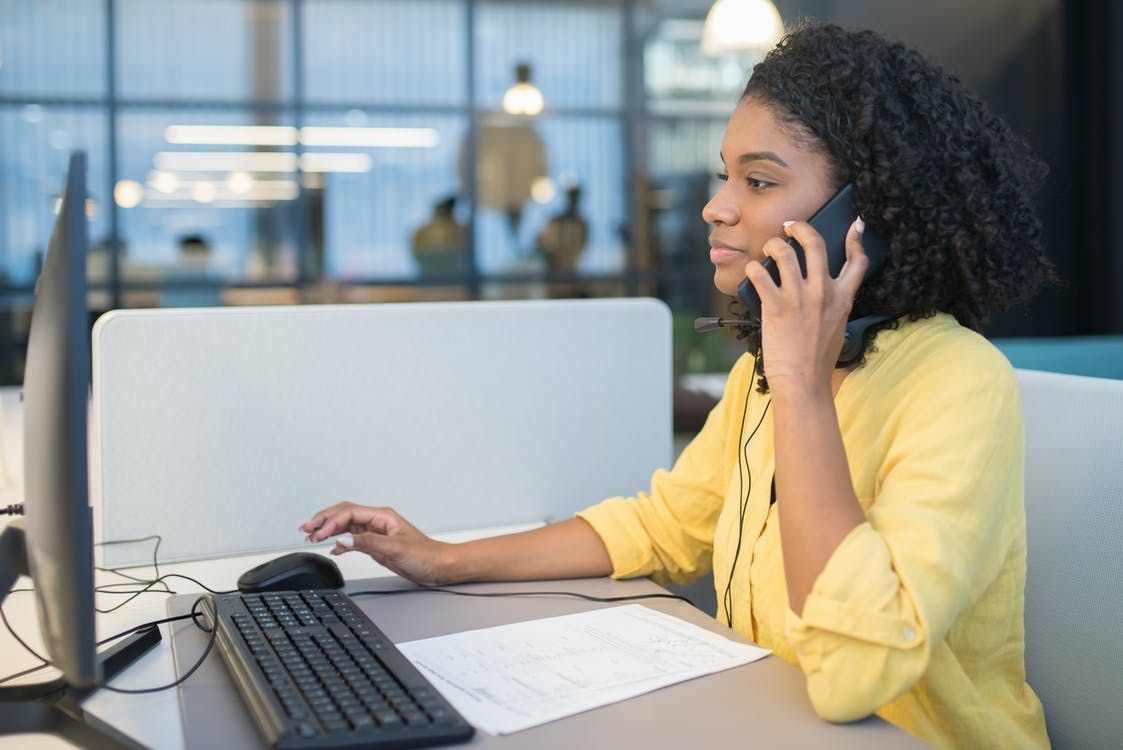All Categories
Featured
Table of Contents
- – What Is The Best A Guide To Using Automated Ans...
- – Who Is The Best Telephone Answering Service Me...
- – How Do I Find A How Does An Answering Service ...
- – Who Makes The Best Answering Adelaide - Phone...
- – What's The Best What Is An Answering Service?...
- – Whats The Best Automated Answering Service, ...
What Is The Best A Guide To Using Automated Answering Systems To Buy In 2023?
This device and its followers were developed by Sava Jacobson, an electrical engineer with a private consulting company. While early answering devices used magnetic tape technology, many contemporary devices uses solid state memory storage; some gadgets utilize a mix of both, with a solid-state circuit for the outgoing message and a cassette for the incoming messages.
"toll saving" listed below) (telephone answering service). This is beneficial if the owner is screening calls and does not want to consult with all callers. In any case after going, the calling celebration ought to be notified about the call having actually been addressed (for the most part this starts the charging), either by some remark of the operator, or by some greeting message of the TAD, or dealt with to non-human callers (e.
This holds specifically for the TADs with digitally stored welcoming messages or for earlier makers (prior to the rise of microcassettes) with a special endless loop tape, different from a second cassette, committed to recording. There have been answer-only devices without any recording abilities, where the greeting message needed to inform callers of a state of current unattainability, or e (professional phone answering service).
Who Is The Best Telephone Answering Service Melbourne Cbd Australia Service?

about accessibility hours. In tape-recording Littles the welcoming normally includes an invitation to leave a message "after the beep". An answering machine that uses a microcassette to tape messages On a dual-cassette answerphone, there is an outgoing cassette, which after the specified variety of rings plays a pre-recorded message to the caller.

Single-cassette answering devices consist of the outbound message at the start of the tape and incoming messages on the staying area. They first play the announcement, then fast-forward to the next readily available space for recording, then tape the caller's message. If there are lots of previous messages, fast-forwarding through them can cause a substantial delay.
This beep is often described in the welcoming message, asking for that the caller leave a message "after the beep". TADs with digital storage for the tape-recorded messages do disappoint this hold-up, naturally. A little might offer a remote control facility, where the answerphone owner can call the house number and, by going into a code on the remote telephone's keypad, can listen to tape-recorded messages, or erase them, even when far from home.
How Do I Find A How Does An Answering Service Work? Service?

Therefore the maker increases the variety of rings after which it addresses the call (usually by two, leading to four rings), if no unread messages are currently saved, but answers after the set number of rings (usually 2) if there are unread messages. This enables the owner to learn whether there are messages waiting; if there are none, the owner can hang up the phone on the, e.
Some makers also allow themselves to be remotely activated, if they have actually been changed off, by calling and letting the phone ring a certain large number of times (typically 10-15). Some service companies abandon calls currently after a smaller sized number of rings, making remote activation impossible. In the early days of Littles an unique transmitter for DTMF tones (dual-tone multi-frequency signalling) was regionally required for push-button control, given that the previously used pulse dialling is not apt to convey suitable signalling along an active connection, and the dual-tone multi-frequency signalling was carried out stepwise.
Any inbound call is not identifiable with regard to these properties in advance of going "off hook" by the terminal devices. So after going off hook the calls must be changed to suitable devices and only the voice-type is instantly accessible to a human, however maybe, however should be routed to a TAD (e.
Who Makes The Best Answering Adelaide - Phone Answering Services
What if I told you that you do not need to really select up your device when answering a customer call? Another person will. So hassle-free, right? Answering phone calls doesn't need somebody to be on the other end of the line. Efficient automated phone systems can do the technique just as effectively as a live agent and sometimes even better.
An automatic answering service or interactive voice reaction system is a phone system that interacts with callers without a live person on the line - business answering service. When business use this innovation, clients can get the answer to a concern about your service just by using interactions set up on a pre-programmed call flow.
Although live operators update the client service experience, lots of calls do not require human interaction. A simple recorded message or directions on how a client can retrieve a piece of information usually fixes a caller's instant need - reception services. Automated answering services are a simple and efficient method to direct incoming calls to the best individual.
What's The Best What Is An Answering Service? Brand
Notification that when you call a company, either for assistance or product query, the first thing you will hear is a pre-recorded voice greeting and a series of options like press 1 for customer service, press 2 for queries, and so on. The pre-recorded options branch out to other choices depending upon the consumer's choice.
The phone tree system helps direct callers to the best individual or department utilizing the keypad on a cellphone. In some instances, callers can use their voices. It's worth noting that auto-attendant choices aren't limited to the 10 numbers on a phone's keypad. Once the caller has actually picked their first choice, you can design a multi-level auto-attendant that utilizes sub-menus to direct the caller to the right sort of assistance.
The caller does not need to communicate with a person if the auto-attendant phone system can manage their issue. The automated service can route callers to an employee if they reach a "dead end" and require assistance from a live agent. It is expensive to work with an operator or executive assistant.
Whats The Best Automated Answering Service, Better Known As Interactive ... To Buy
Automated answering services, on the other hand, are considerably less costly and offer substantial cost savings at an average of $200-$420/month. Even if you do not have actually devoted personnel to handle call routing and management, an automatic answering service improves performance by permitting your team to focus on their strengths so they can more effectively invest their time on the phone.
A sales lead routed to customer support is a lost shot. If a consumer who has item questions reaches the wrong department or receives incomplete answers from well-meaning workers who are less trained to handle a specific kind of question, it can be a cause of frustration and discontentment. An automated answering system can minimize the variety of misrouted calls, thereby helping your employees make much better usage of their phone time while maximizing time in their calendar for other tasks.
With Automated Answering Systems, you can create a personalized experience for both your staff and your callers. Make a recording of your main greeting, and merely upgrade it routinely to show what is going on in your company. You can produce as lots of departments or menu options as you desire.
Table of Contents
- – What Is The Best A Guide To Using Automated Ans...
- – Who Is The Best Telephone Answering Service Me...
- – How Do I Find A How Does An Answering Service ...
- – Who Makes The Best Answering Adelaide - Phone...
- – What's The Best What Is An Answering Service?...
- – Whats The Best Automated Answering Service, ...
Latest Posts
Renowned Affordable Answering Service Near Me
Dedicated Virtual Reception System
Respected 24/7 Virtual Receptionist
More
Latest Posts
Renowned Affordable Answering Service Near Me
Dedicated Virtual Reception System
Respected 24/7 Virtual Receptionist